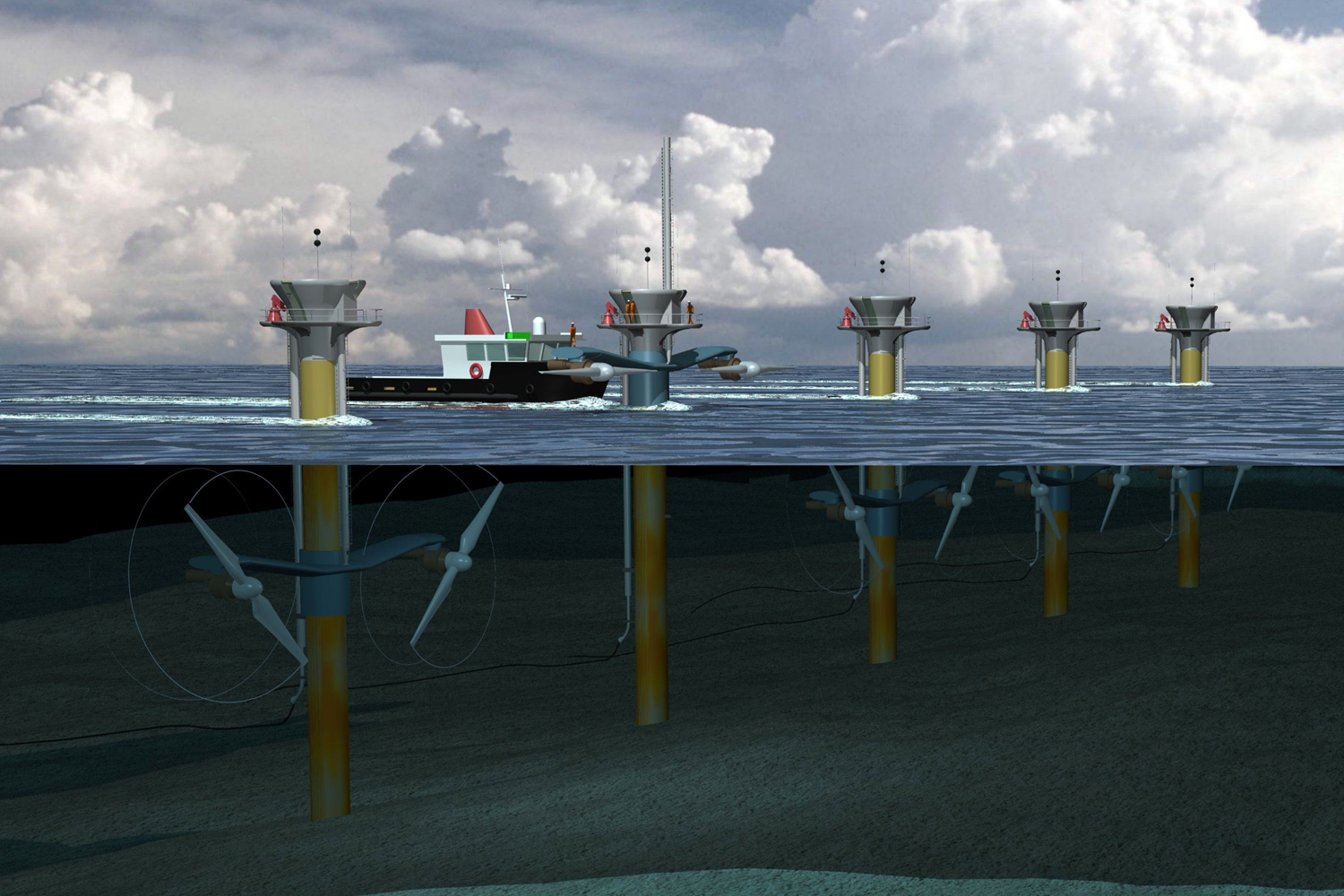That's what makes it so difficult to pump the air to the bottom of your energy losing contraption.
If you take a scuba divers tank and drop it to a depth of 600 feet and then open the valve- What happens-?
Does it just fart or--
release 300 cubic feet of air under the pressure it is in-?
How much energy is lost when you drag the empties back to the surface?




